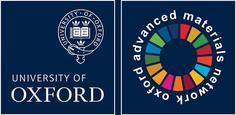Despite the significant advances made in achieving green (CsPbBr3)- and red (CsPbI3)-emitting halide perovskite nanocrystals (NCs) with high quantum yields and colloidal stability through surface engineering, obtaining bright violet/blue-emitting CsPbCl3 NCs with long-term stability is still a grand challenge due to their defect sensitivity. In this work, we have screened the surface passivation of CsPbCl3 NCs using ligands with different functional groups (amine, sulfonic, and phosphonic acid) and metal halides (mono- and bivalent) with the aim of improving the emission yield and stability of CsPbCl3 NCs. This enabled us to find that phosphonic acids are the ligands that showed the highest efficiency as they occupy Cl vacancies and covalently bind to the Pb on the surface of NCs, together with the incorporation of bivalent metal chlorides that showed substantial enhancements in PLQY. Consequently, the most effective passivators were those that passivate Cl vacancies, indicating these to be among the most detrimental traps. This is further validated through Density Functional Theory (DFT), suggesting that the trend in adsorption energies is as follows: hexylphosphonic in situ passivation as the most effective method for obtaining highly luminescent CsPbCl3 NCs that exhibit stability for over 6 months. Thus, this work is expected to guide the perovskite NC researchers to choose effective passivating agents and passivation strategies toward bright blue luminescent colloidal halide perovskites and beyond.
Materials by design for sustainable solutions in the energy, medical, transport, and engineering sectors




